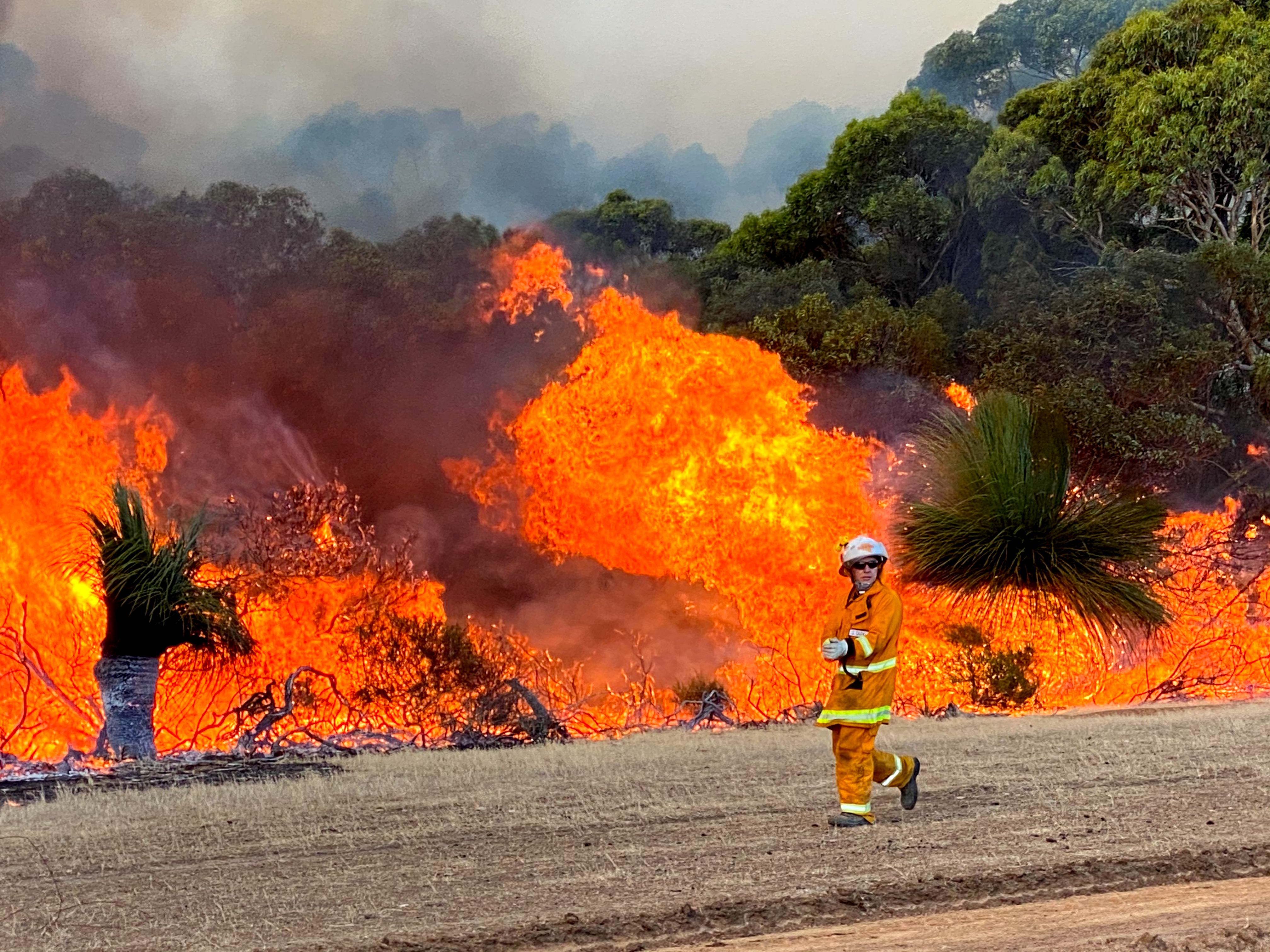Australia’s bushfire response expose gaps in support for families with young children

Image: Wikimedia Commons
A new study, which is a collaboration between the Australian Breastfeeding Association (ABA) and Western Sydney University, explores the experiences of parents of infants and young children during the Black Summer, as well as the emergency responders who assisted them. Titled, ‘Want to help the children? Help the parents’: Babies and Young Children in the Black Summer (BiBS) it emphasises the significant effect of caregiving responsibilities on the experiences of both caregivers. It outlines both the challenges faced and potential solutions.
Emergency responders are not being enabled by appropriate planning, training, or resourcing to support families with very young children in disasters. In recovery, programmes to support the parents of the very youngest children are largely absent, the study concludes.
The 2019-20 Black Summer Bushfires in Australia were an emergency of unprecedented scale, leaving a lasting effect on many families, especially those with very young children. As the fires raged across the country, families were forced to evacuate, endure isolation, and face challenging circumstances, including large traffic jams and limited access to essential resources.
A lack of research on infants and young children in disasters prompted the initiation of the Babies and Young Children in the Black Summer (BiBS) Study, aiming to address this critical gap and enhance emergency planning and response.
During the Black Summer Bushfires, ABA volunteers provided support to mothers via the National Breastfeeding Helpline and, for some, in person. Through the work of their volunteers, ABA has long been aware of the vulnerable position of infants and very young children and their families during and after disasters and the need for better support for them.
From August to December 2022, a comprehensive Australia-wide online survey was conducted as part of the BiBS Study. It involved 233 parents and caregivers of children – from newborns to four years – who were affected by the Black Summer Bushfires, as well as 40 emergency responders who had provided assistance to affected families.
Additionally, in-depth interviews were conducted with 23 parents from Eurobodalla Shire and surrounding areas, along with 37 emergency responders from various locations across Australia. Insights from 20 global emergency experts involved in planning and responding to emergencies involving young children in high-income countries were also included.
The study revealed that caring for infants and young children during the bushfires had a profound effect on caregivers' experiences. Preparing to evacuate became more complex and logistically challenging, leaving many caregivers underprepared. The lack of evacuation plans and difficulties in packing essentials resulted in delayed evacuations and insufficient resources to care for children. However, caregivers who were able to seek refuge with family or friends had a more positive experience.
Both caregivers and emergency responders stressed the need for targeted resources and communication strategies to better prepare families with very young children for emergencies. This included providing guidance on what items to include in evacuation kits. Parents expressed their desire for better preparedness and an earlier evacuation. Mothers, in particular, often found themselves alone with multiple small children and elderly family members during evacuations, while partners stayed behind to protect property or engage in emergency response activities.
The study sheds light on the challenges faced by families in large evacuation centres. These centres were overcrowded, lacked proper resources for caring for young children, and created an uncomfortable environment for breastfeeding mothers. Emergency responders acknowledged the vulnerability of children and their caregivers in such centres, citing child protection concerns and unsafe practices because of a lack of planning and training for children in disasters.
Smaller evacuation centres or ad hoc centres created by community members, such as doctors' surgeries or childcare centres, were found to provide more supportive environments for young children and their caregivers. Expert input from overseas, particularly the implementation of Community Response Planning in New Zealand, emphasised the importance of identifying suitable evacuation centres dedicated to families with very young children.
The study also highlighted the challenges faced by breastfeeding mothers during the bushfires. While they were relieved not to rely on external resources like electricity, they had concerns about milk supply because of infant fussiness and frequent feeding. Emergency responders recognised the need for breastfeeding support for evacuated mothers but acknowledged the difficulty in accessing such services. Formula feeding caregivers faced obstacles in obtaining supplies, including specialised formulas, during the fires. The process of providing infant formula in evacuation centres lacked consistency, with excessive and outdated donations and insufficient attention to caregivers' needs for washing and preparation facilities.
Pregnant women faced restricted access to healthcare and expressed concerns about the effects of smoke and stress on their unborn babies. The study emphasised the necessity of providing resources to pregnant women in case they had to give birth alone during emergencies.
The BiBS Study is part of ABA’s Community Protection for Infants and Young Children in Bushfire Emergencies Project, which is based in Eurobodalla Shire on the NSW South Coast. The project aims to increase community resilience to disasters by facilitating better planning and preparedness to meet the needs of very young children and their parents and caregivers in emergencies.